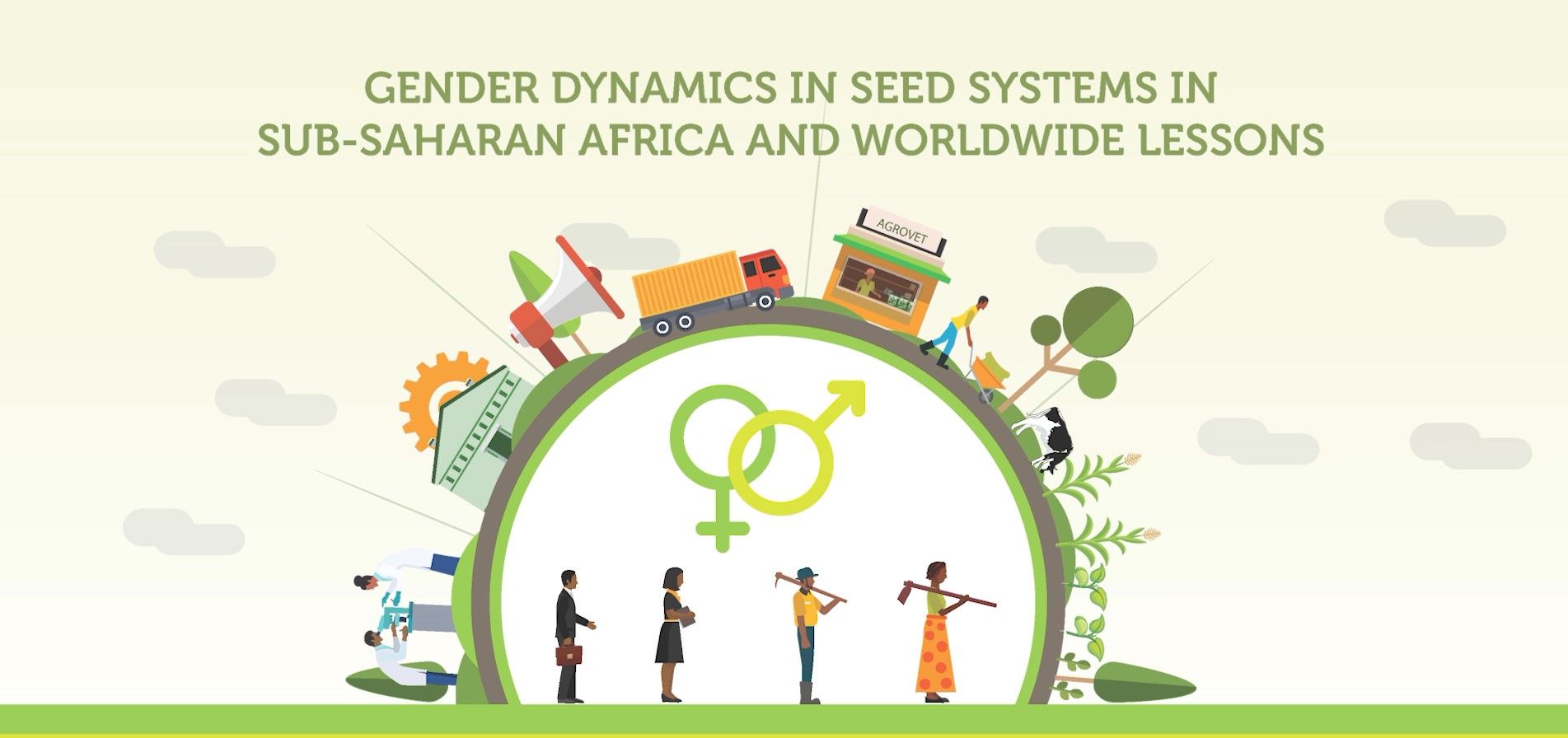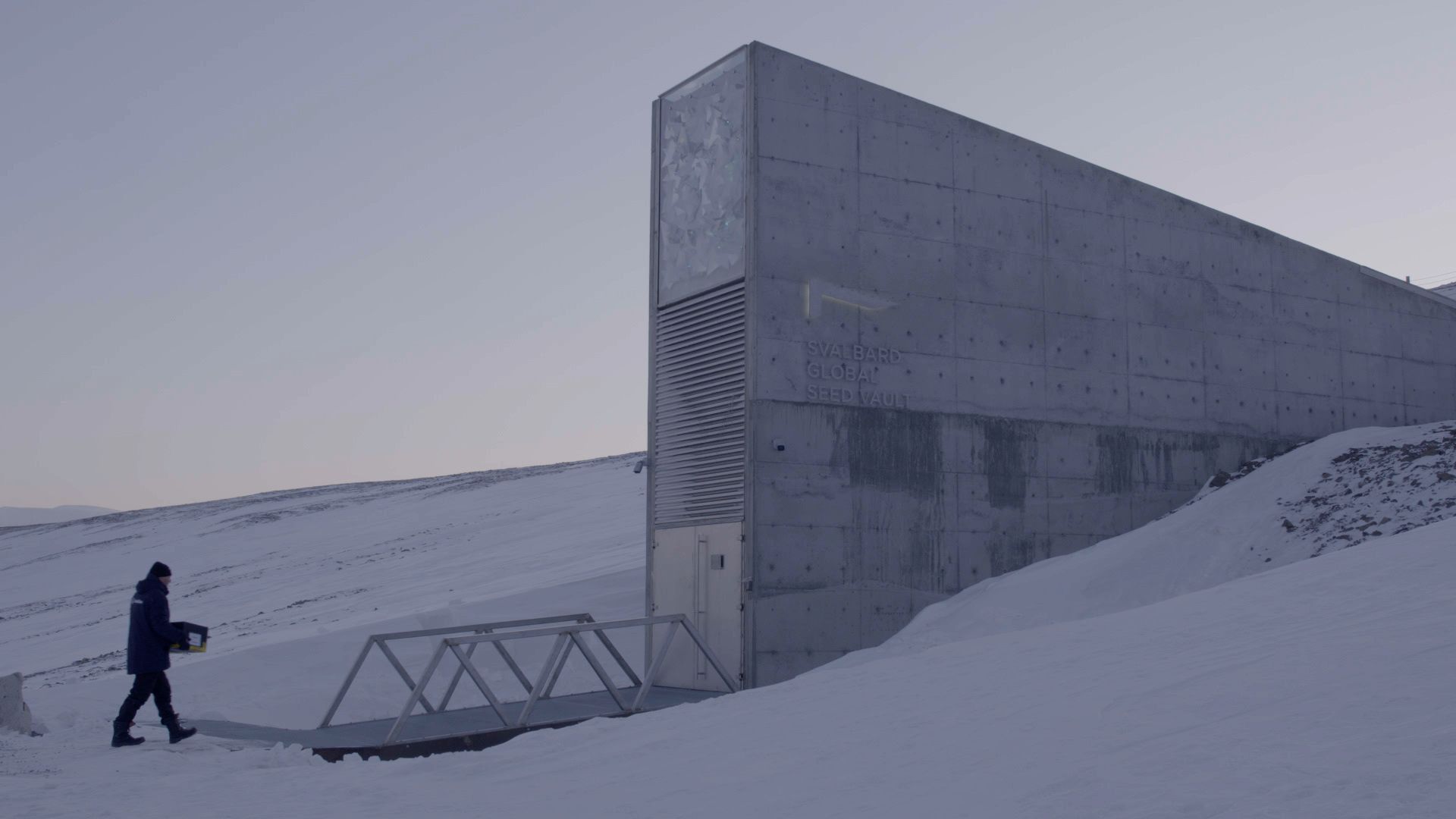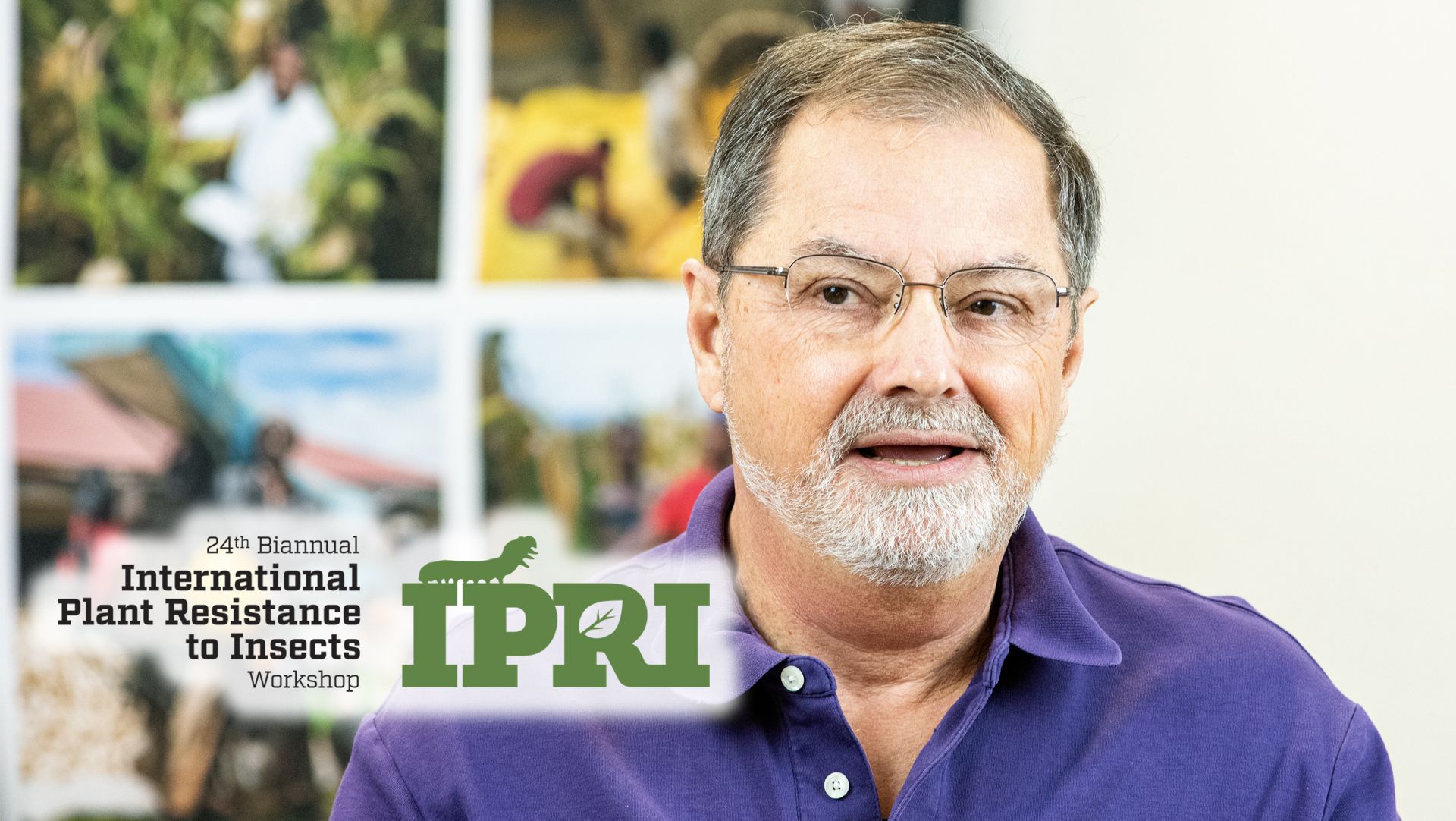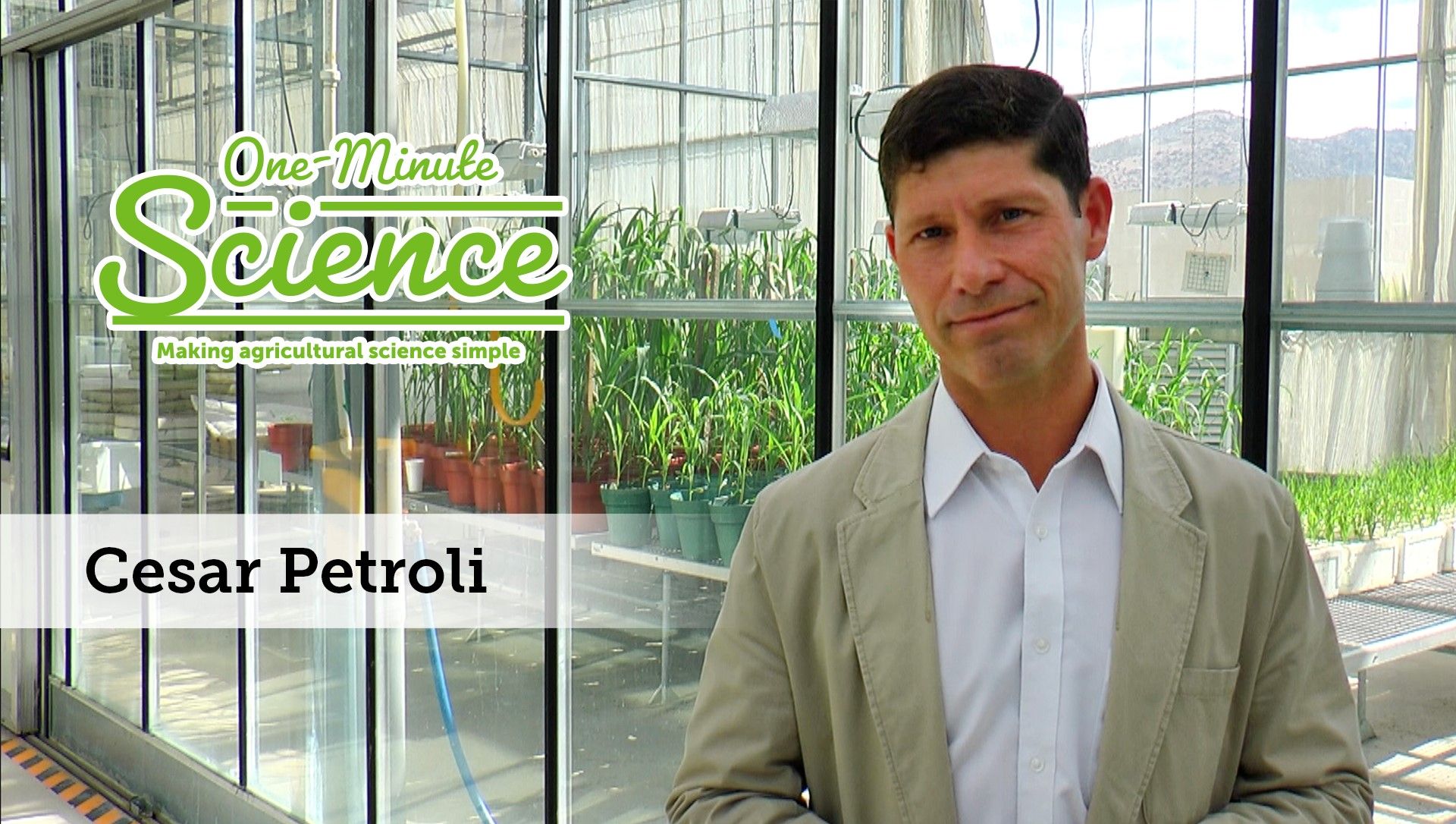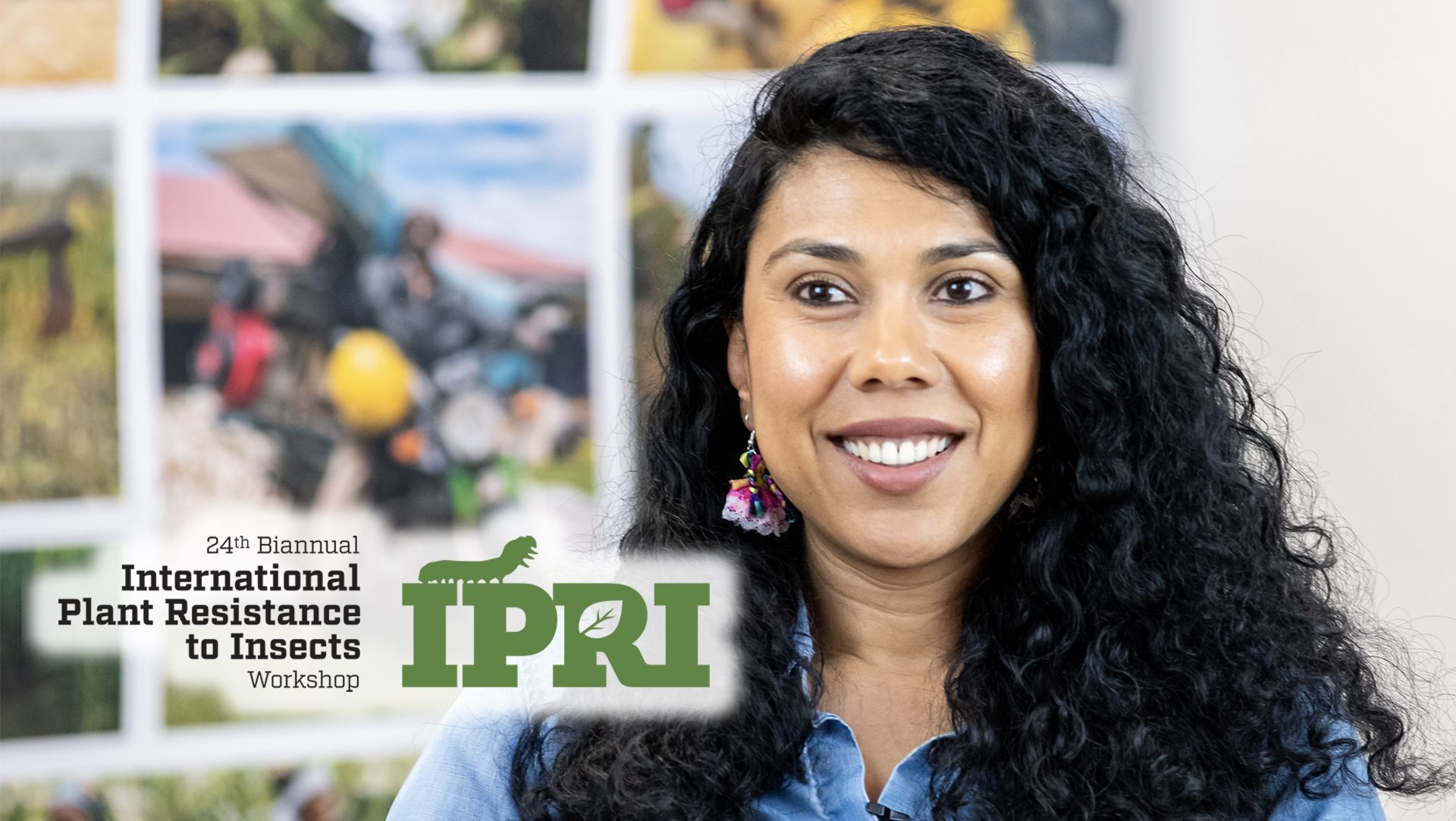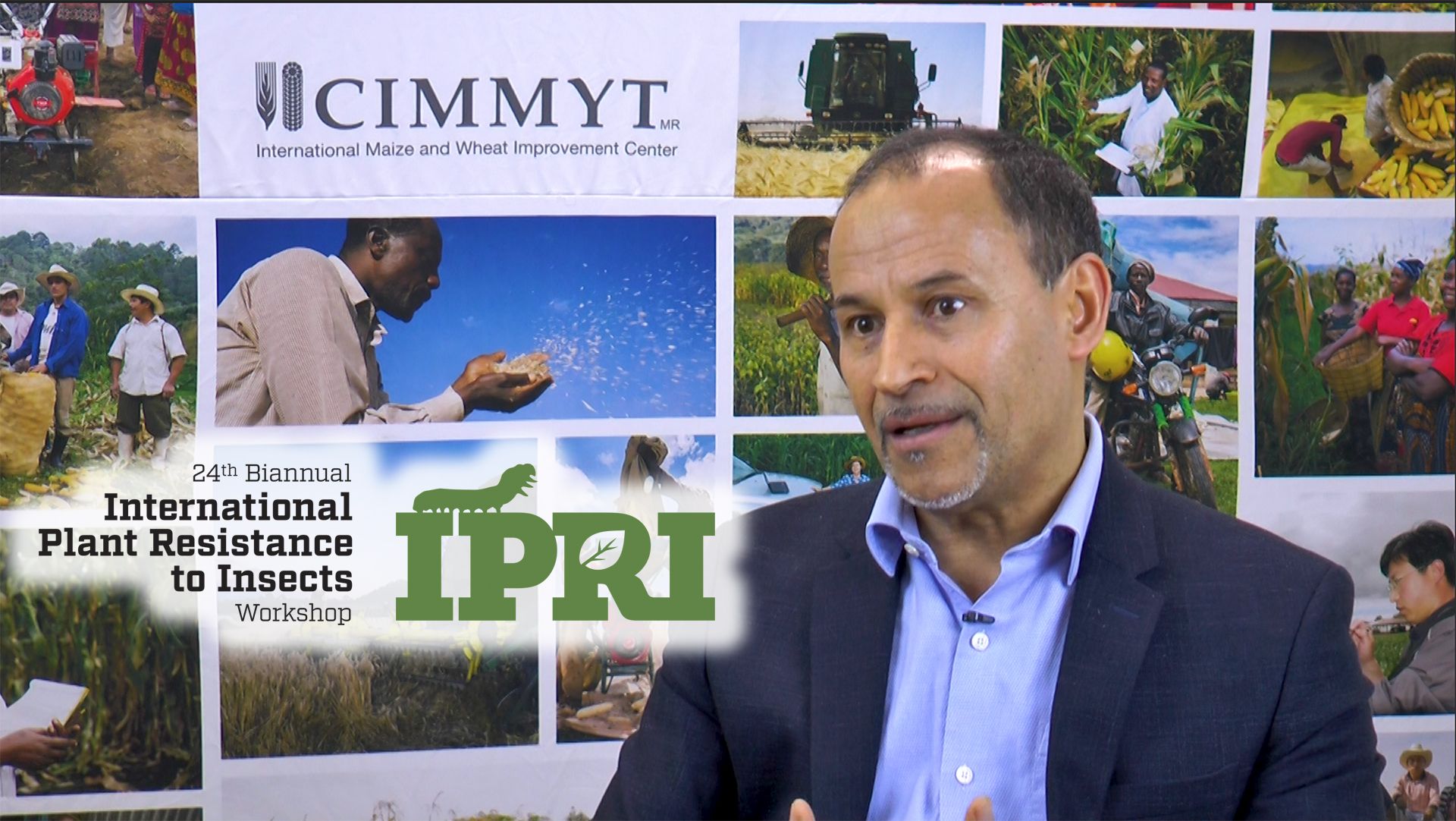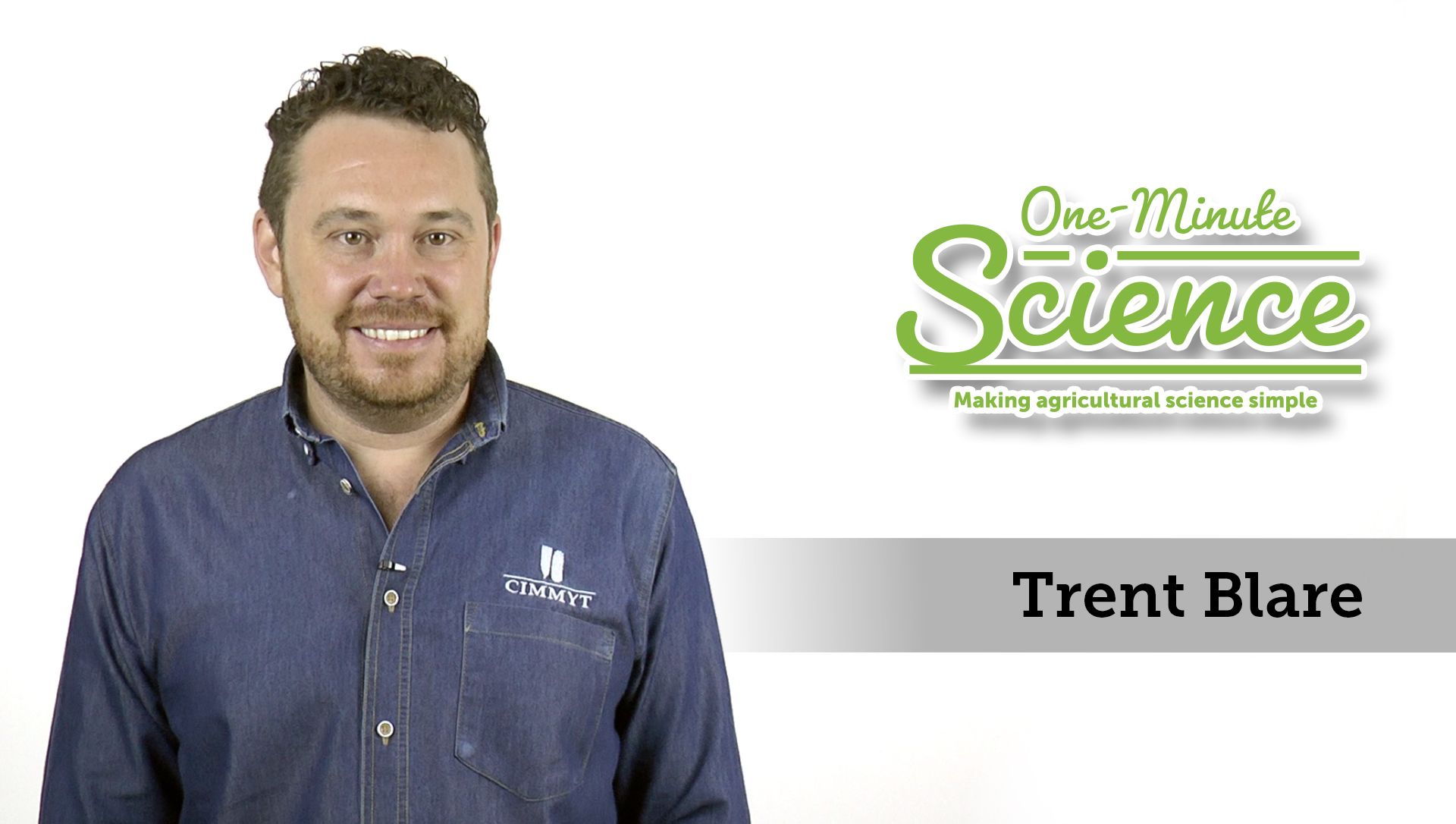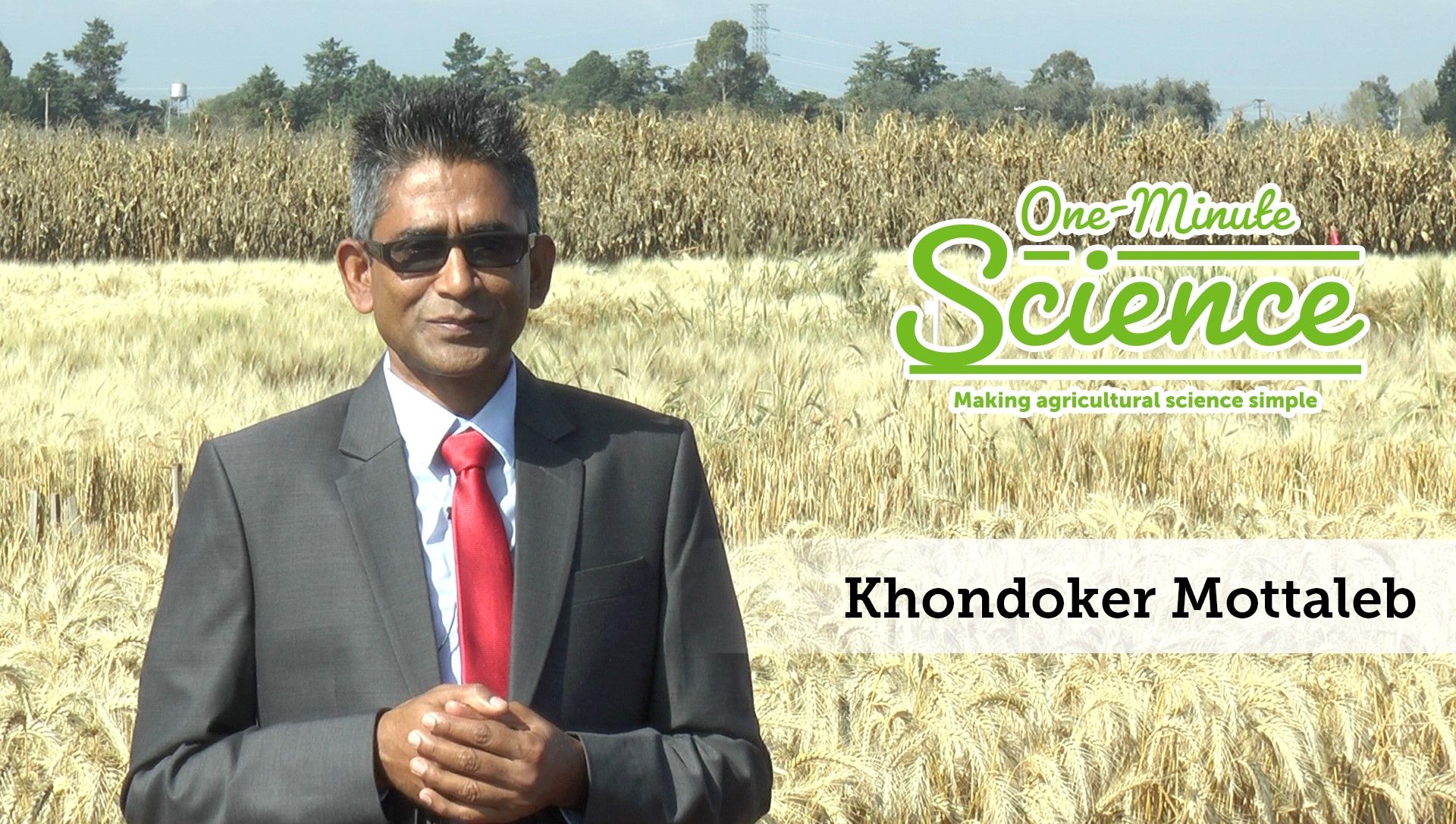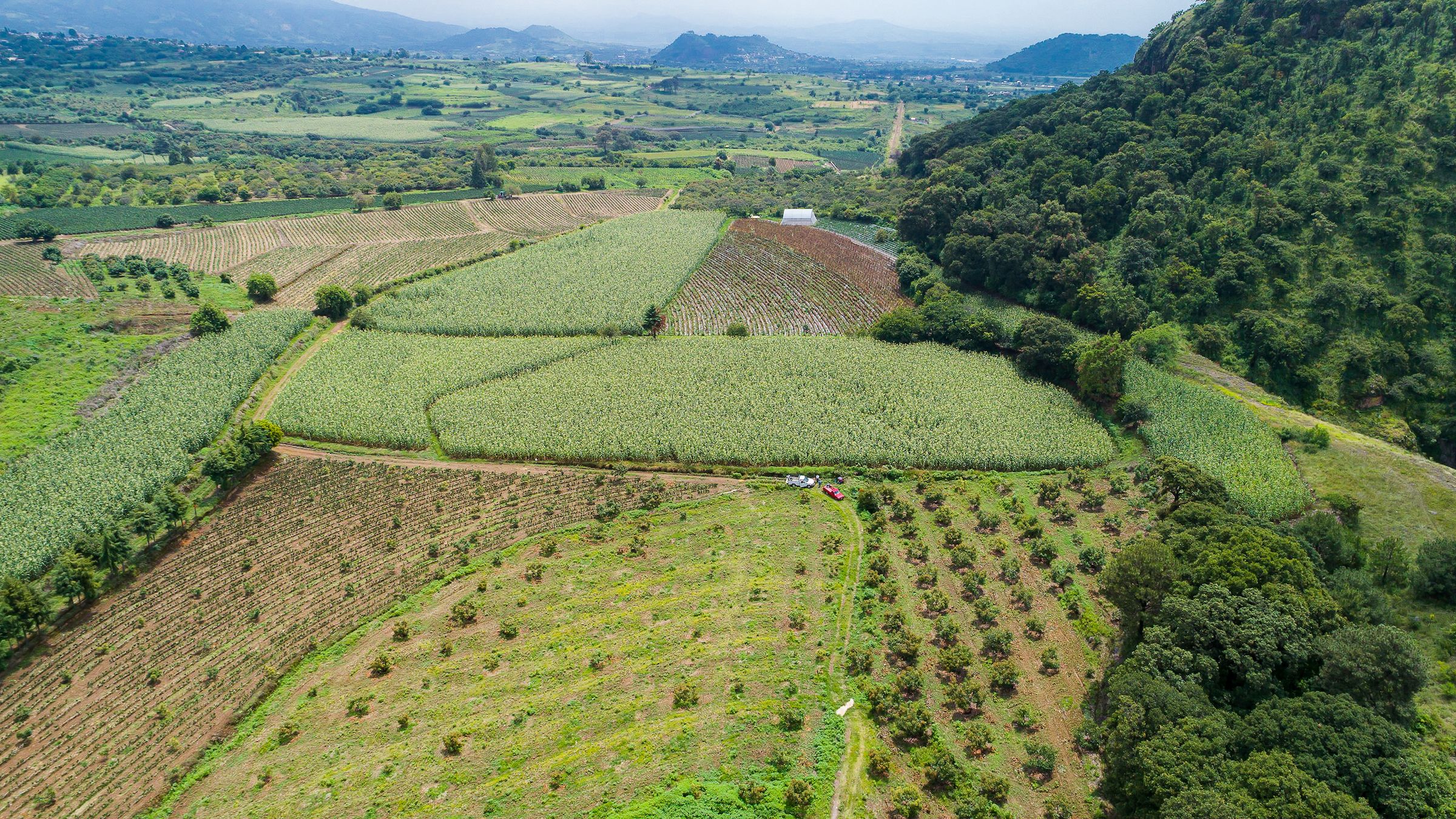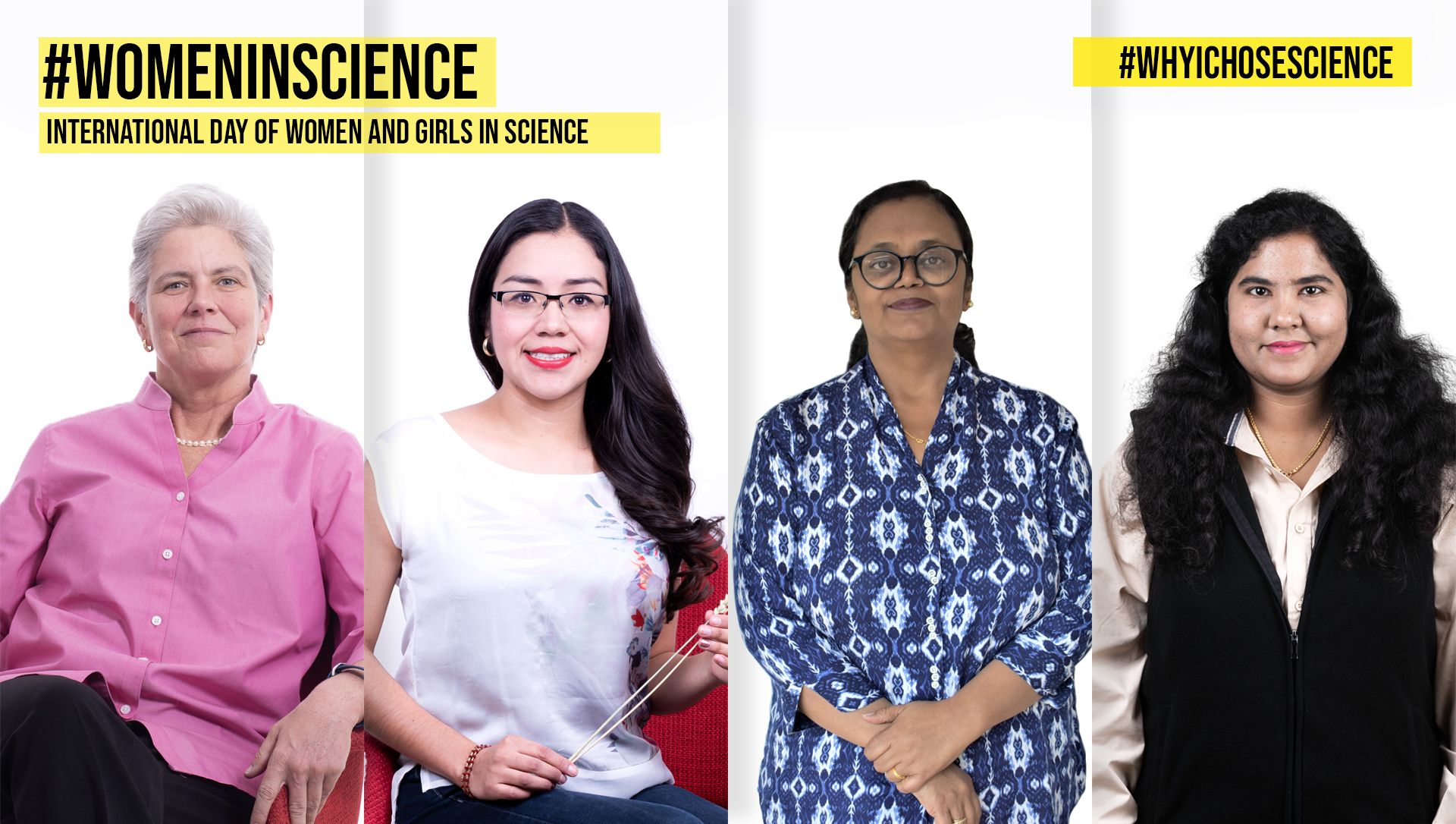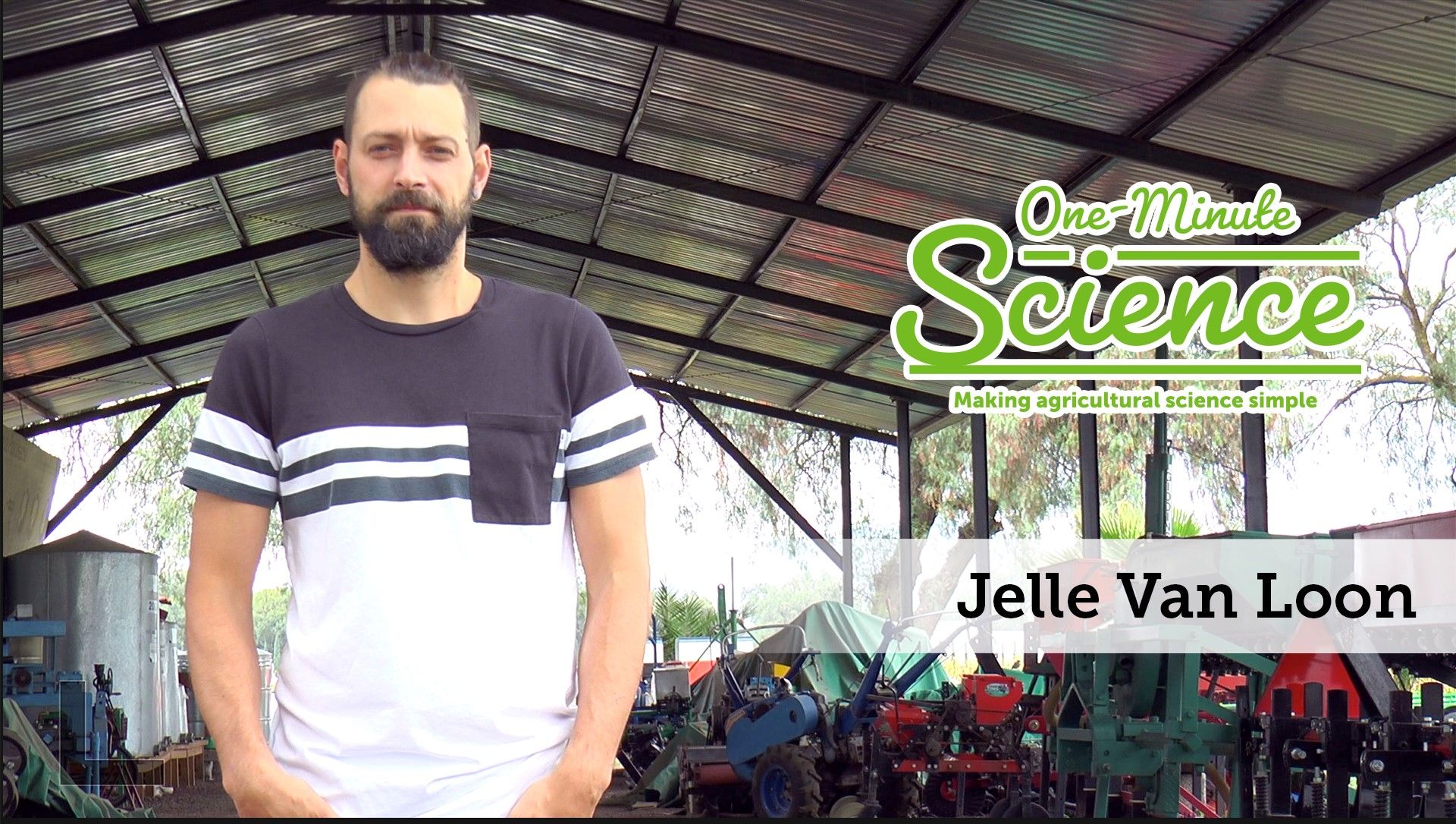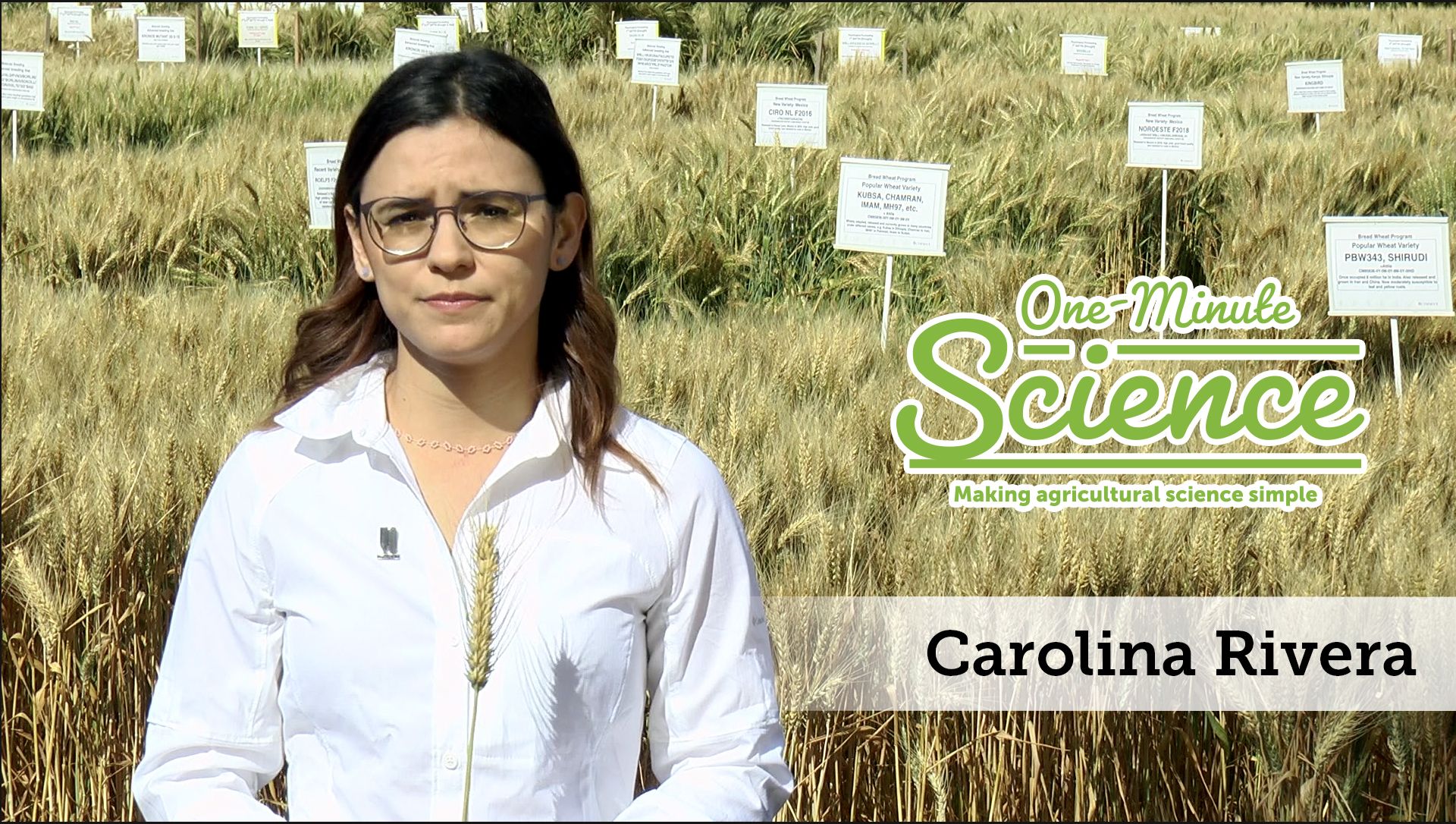50 years building peace through agriculture
On December 10, 1970, the former chair of the Nobel Committee, Aase Lionaes, called Norman Borlaug to receive the Nobel Peace Prize arguing, “He has given us a well-founded hope, an alternative of peace and of life — the Green Revolution.”
From that moment, Borlaug became known as “the man who saved one billion lives” from famine and as “the father of the Green Revolution.” Borlaug started a pivotal process in the 20th century, characterized by the development of high-yielding new wheat and maize varieties from the International Maize and Wheat Improvement Center (CIMMYT).
“Food is the moral right of all who are born into this world,” Borlaug said during his acceptance speech or Nobel Lecture almost 50 years ago. The scientist, credited for coining the phrase “You can’t build peace on empty stomachs,” became the world’s most acknowledged advocate of the right to food.
The Nobel Peace Center, the government of Mexico — through its Embassy in Oslo, Norway — and CIMMYT remembered Norman Borlaug’s legacy to commemorate the International Day of Peace on September 21. Established in 1981 by the United Nations General Assembly, this day calls to halt all forms of violence for 24 hours and to strengthen the ideals of peace, including Sustainable Development Goal number 2, ‘zero hunger.’
“Dr. Borlaug’s impact is an example of international cooperation for us to learn from and build the future,” said Ulises Canchola Gutiérrez, Mexico’s Ambassador to Norway, in the video Borlaug’s legacy: Agriculture for Peace #PeaceDay 2020.
According to the Nobel Peace Center, “Dr. Norman Borlaug’s work is one of the greatest achievements for humankind.” On a similar note, CIMMYT’s director general, Martin Kropff, noted that “Peace lies in the hands of those who cultivate the land. We can build peace through agriculture.”
CIMMYT carries on Borlaug’s legacy by implementing integrated strategic development projects that aim to transform food production units into sustainable, resilient and healthy agri-food systems. For that reason, CIMMYT issued a call to form an international coalition to tackle the current crisis and avert a new food crisis.
“Norman Borlaug led the charge in the war against hunger more than 50 years ago; let us learn from this experience, let us do it again together by listening to the current crisis and by developing a matching transformative answer to overcome today’s challenges and shortcomings,” said Bram Govaerts, director of CIMMYT’s Integrated Development program and representative for the Americas.


